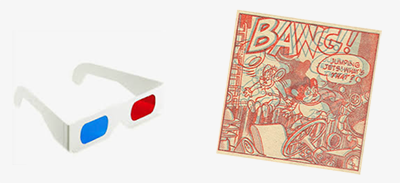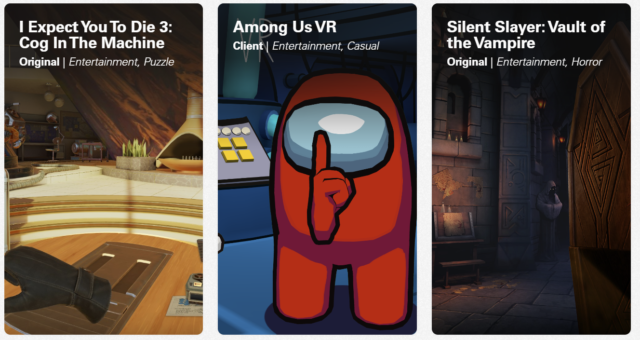As a prelude to my posts on Viewing Photos and Videos in VR, it is worth a quick refresher on the definitions of monoscopic and stereoscopic content. And by content, I mean both photos and videos.
What is a monoscopic photo?
A monoscopic photo is simply a photo in which the intent is that one image is viewed by both eyes.

That may just sound like a complicated way of saying “a regular photograph” (and perhaps it is) but it is also inclusive of those images that are generated from multiple sources. Other examples of monoscopic photos include things like panoramas and 360 photos (like the ones used in Google Street View).


It’s important to note that these photos can be viewed in many different ways (from printed on the curved surface of a mug to viewed digitally in virtual reality headset). But no mater how they are viewed, the contents of the image are not different depending on the eye that is viewing it.
What is a stereoscopic photo?
A stereoscopic photo is an image in which the intent is that the content is different depending on which eye is viewing it. (We will talk a lot more about this in Part 2.) The intent is to create the illusion of 3D by using our brain’s stereopsis depth perception.

There are great examples of historic stereoscopic photography which could be viewed through a stereoscope, but for many of us, our earliest example of a stereoscope was the ViewMaster.

Stereoscopic content also includes anaglyphs (a stereoscopic photograph with two images superimposed and printed in different colors) as was popular in 1950s 3D movies and comics.

Again, there are many ways stereographic images can be viewed (3D glasses, polarized 3D lenses, shutter glasses, and virtual reality headsets). A particularly interesting version of this is the parallax barrier in the liquid crystal display of the Nintendo 3DS.
But what’s important is that the term stereoscopic content isn’t about using a specific viewing technology, but instead focused on the intent that each eye receives it’s own image in order to create the perception of depth.
Okay, back to the main article, Viewing Photos and Videos in VR Explained!


1 comment on “Monoscopic and Stereoscopic Explained”